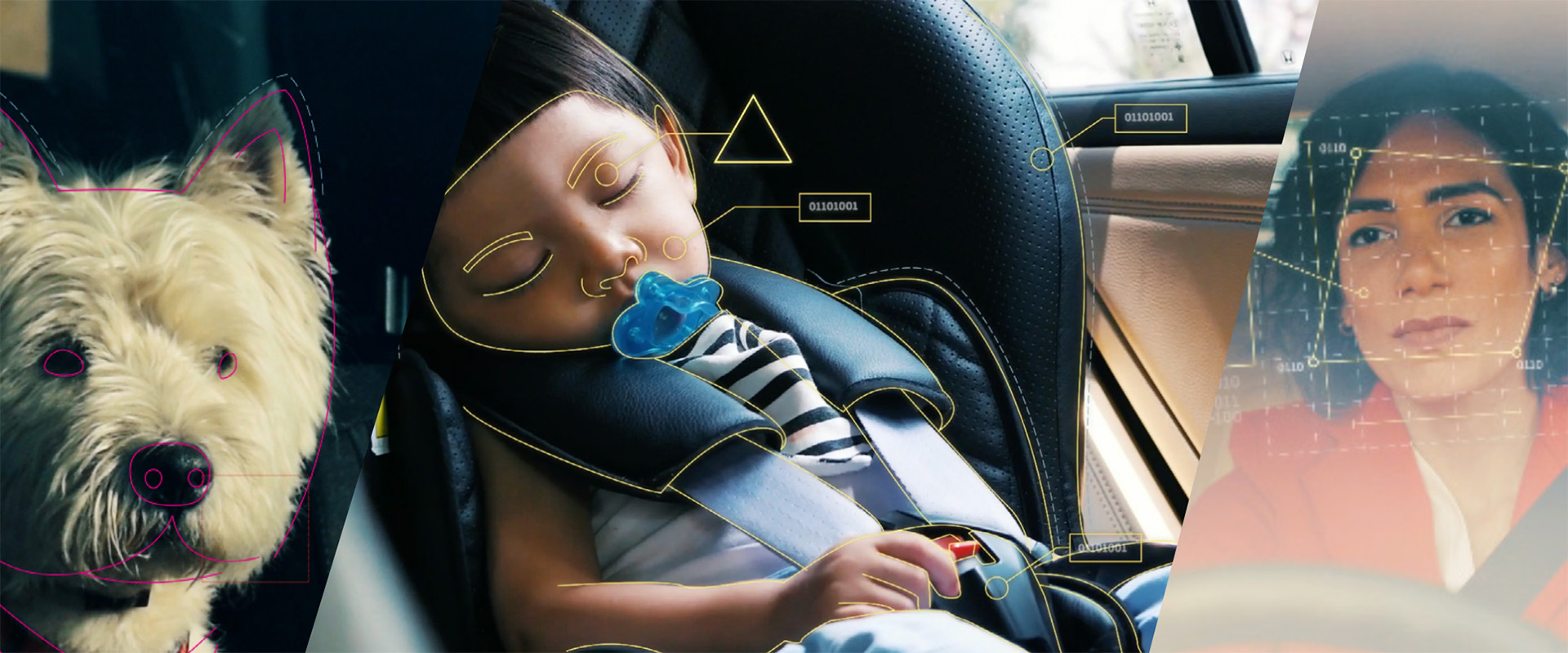EN


In a vehicle that understands the emotional and cognitive states of its driver and passengers with interior sensing, the entire mobility experience can be personalized and customized. As the car gets to know its passengers over time, it can tailor its settings according to their needs and wants in the moment.
Just picture this: a passenger gets into a car. Straight away, the car recognizes them and immediately adjusts the seat the way they like it. Lighting and temperature are also regulated based on the outdoor environment and the passenger’s physical and mental state. Meanwhile, the car analyzes their mood. If it recognizes that they need to be cheered up, or perhaps calmed down, it can use that information to, for example, decide what song to play or adjust how an AI assistant interacts with the occupants.
By understanding passengers’ reactions and emotional engagement with music, video content or concierge offerings, the vehicle can also help refine content recommendations – making these more relevant to the passenger and their experience.
The car then continues to fine-tune its features in real-time for the remainder of the journey, based on the physical, emotional, or cognitive changes of the people in the cabin. As a result, the car does more than just get its passengers to their destination – it creates an environment customized to lift their moods and maximize their comfort and wellness.
Using facial expression analysis, like Affectiva’s Emotion AI, the car can even make sure your best memories from the car are preserved. When detecting smiles and joy, an interior camera can take pictures at just the right moment and guarantee you never forget it.
But understanding what goes on in a car can also extend beyond the people in it to the condition of the cabin. For example, the information provided by Interior Sensing technology can be very useful for companies managing large fleets of vehicles.
By automatically analyzing the interior state of the vehicle, the system is able to decide whether the car is in need of cleaning, or other types of maintenance, and which type of service is required. And if you have ever lost your phone or keys in a taxi, you can probably appreciate the value of object detection to help relocate lost items in a matter of seconds. These features will become even more relevant in robo taxis and autonomous shuttle buses – where there is no driver available to pay attention to the state of the vehicle or its passengers.
For a long time, driving has primarily been a way to get us where we need to go safely. But the way we think about mobility is starting to change. When the technology we put into vehicles is developed with a more human-centric approach, riding in a car becomes almost as much about the journey as the destination.
